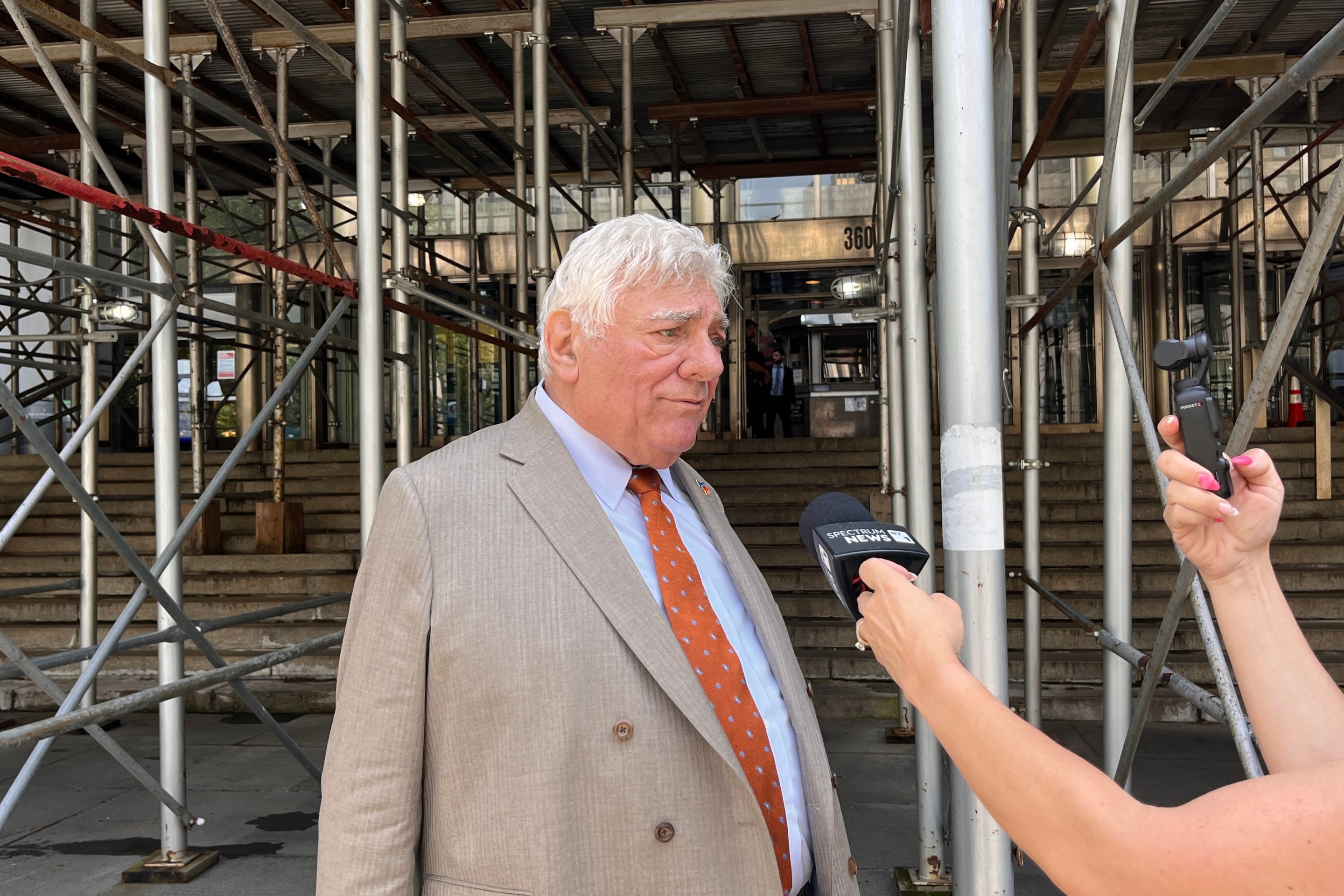
Amsterdam Ave. and 76th St. with street space reallocated to walkers, bikes and buses.
When Transportation Alternatives, Project for Public Spaces and the Open Planning Project started the New York City Streets Renaissance Campaign nearly three years ago, the plan was to build a movement that would work block-by-block and neighborhood-by-neighborhood to reclaim the city's streets from the automobile on behalf of pedestrians, cyclists and transit riders. With congestion pricing knocked off of the civic agenda, in a funny way, we're back to the original plan: Reclaim the streets.
If London was the model for congestion pricing then Paris is, probably, the best big city example of the kind of street space reclamation that now needs to happen in New York City. Here is a short piece I wrote on the topic for this week's New York Magazine:
With the death of Mayor Bloomberg’s London-style congestion-pricing proposal, New York's transportation advocates have turned to Paris for inspiration. Bertrand Delanoë was elected mayor of the French capital in 2001 on a platform of creating more "civilized space" and a promise to "fight with all the means at my disposal against the harmful, ever-increasing, and unacceptable hegemony of the automobile."
Shortly after taking office, he dumped 2,000 tons of sand on the Pompidou Expressway, which runs along the rive droite, and called it Paris Plage. Complete with volleyball nets, dance classes, a climbing wall, and a floating pool, the beach attracts 4 million visitors each summer and is paid for almost entirely by sponsors. Elsewhere, Delanoë eliminated on-street parking to create lanes for Le Mobilien, a citywide bus network with real-time electronic scheduling information at the stops, physically separated to keep cars out of the way. Bikes got their own protected lanes, too, and he doubled the size of the path network. His pièce de résistance? Last summer, Paris launched Vélib, the municipal bike-sharing system.
And while congestion opponents don’t understand the Francophilia -- "New York City is unique, and I don’t think such a plan would work here," says Brooklyn councilman Lew Fidler -- advocates see it as a road map. "Now, it’s all about taking pavement away from automobiles and reallocating it to more efficient modes," says Transportation Alternatives’ Paul Steely White.
Similar ideas are already in the works as part of city transportation commissioner Janette Sadik-Khan’s implementation of Bloomberg's PlaNYC. Last summer, the city opened a separated bike lane on a nine-block stretch of Ninth Avenue. Another, on Williamsburg's Kent Street, got the nod last week. There are more to come, along with cordoned-off bus lanes (the rendering above shows a future Amsterdam Avenue). Also last week, work began on a new public plaza where Gansevoort Street, Ninth Avenue, and Little West 12th Street intersect; Sadik-Kahn promises more such projects, none of which requires Albany’s approval. There are no plans to turn the FDR into a beach, but the city is floating the idea of making some streets car-free this summer. The first attempt at car-free Sundays on Soho’s Prince Street died when neighbors feared it would make it too "mall-like." Alors!





